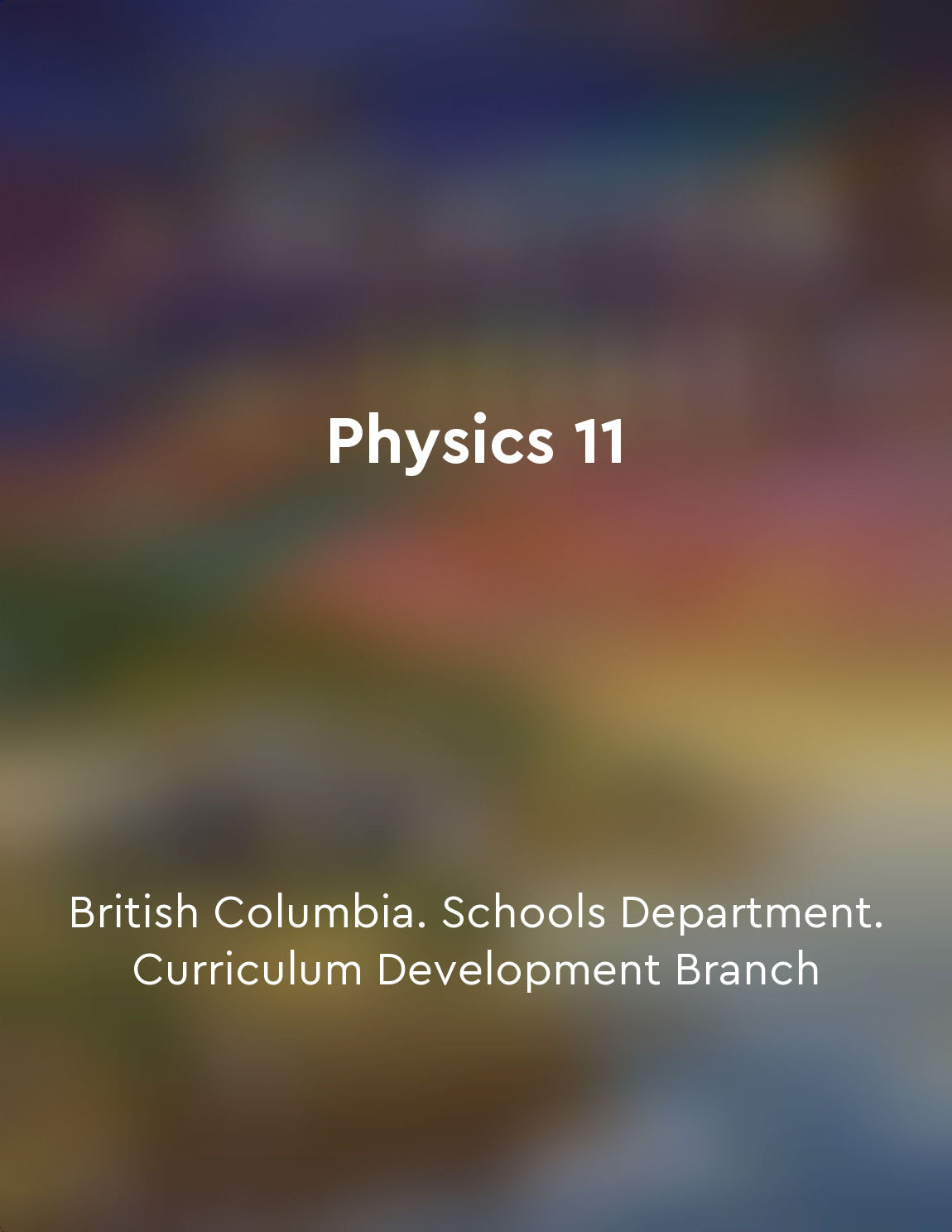Glacial movements leave distinctive marks from "summary" of Principles of Geology, Volume 1 by Charles Lyell,Sir Charles Lyell
Glacial movements, as they advance and retreat, create distinctive marks on the landscape that can be observed and interpreted by geologists. These marks serve as a record of the past activity of glaciers, providing valuable insights into the history of the Earth's climate and geography. One of the most common types of marks left by glacial movements are striations, which are long, parallel grooves or scratches in the bedrock. These striations are caused by the abrasive action of rocks and debris carried by the glacier as it moves over the surface of the Earth. By studying the orientation and spacing of these striations, geologists can determine the direction in which the glacier was moving and the speed at which it was traveling. Another type of mark left by glacial movements is known as a moraine, which is a ridge or mound of unsorted sediment deposited by a glacier. Mor...Similar Posts

Primates are our closest living relatives
The concept that primates are our closest living relatives is a fundamental principle in the field of physical anthropology. Wh...
Wildlife adapts to urban landscapes
In cities, nature's most adaptable creatures have found new homes. Pigeons roost atop skyscrapers, rats scurry through subway t...

Energy can be transferred and transformed
The concept that energy can be transferred and transformed is a fundamental principle in physics. Energy is not created or dest...
The ice sheets of Antarctica hold clues to Earth's past
The vast ice sheets of Antarctica are not just frozen landscapes; they are also libraries of Earth's history. Layers of ice tha...
Wildlife adapts to urban landscapes
In cities, nature's most adaptable creatures have found new homes. Pigeons roost atop skyscrapers, rats scurry through subway t...
Stratigraphy helps date rocks
Stratigraphy, the study of rock layers and the sequence in which they were deposited, plays a crucial role in determining the r...
Rock layers provide clues to Earth's history
The study of rock layers is crucial in understanding the history of Earth. By examining the different strata of rocks, geologis...
